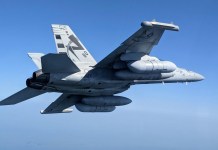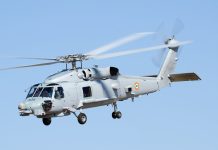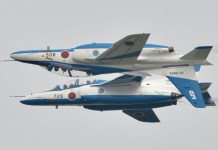The rapid growth of China’s military capabilities has created ripples in the American security establishment, which fears that the PLA Air Force could be on its way to seriously challenge the US’ air superiority by 2035.
General Charles Brown Jr., the US Air Force’s chief of staff, said that the PLA had “the largest aviation forces in the Pacific” and had created them “underneath our nose” during an Air Force Association conference in September last year. Brown had stated that China would have surpassed the United States’ air superiority by the year, 2035, VOA News had reported.
Another top military official, Lieutenant General S. Clinton Hinote, Deputy Chief of staff, warned that the US was falling behind China’s progress. “In a few important areas, we’re behind…This is not a tomorrow problem. This is a today.”
The Pentagon brass has been openly admitting the progress of the Chinese PLA for some time now. Recently, Congressional Research Service’s revised report said that China has the biggest naval fleet in the world. The report explicitly admitted that the Chinese Navy seriously threatened the US Navy’s control of the Western Pacific.
However, the open admission about the challenge to its air superiority by the top officers of the US Air Force was significant. The US Air Force is equipped with the most advanced and lethal stealth fighters in the world — the F-22 Raptors and the F-35 Lightning II.
It also has the best dogfighters in the form of F-15EX and the most popular, F-16 Falcons. Despite the prowess of its air fleet, Hinote had then told reporters that as someone who was familiar with evidence at all classification levels, he believed China had caught up to the United States’ airpower capabilities, and that “the light is blinking red”.
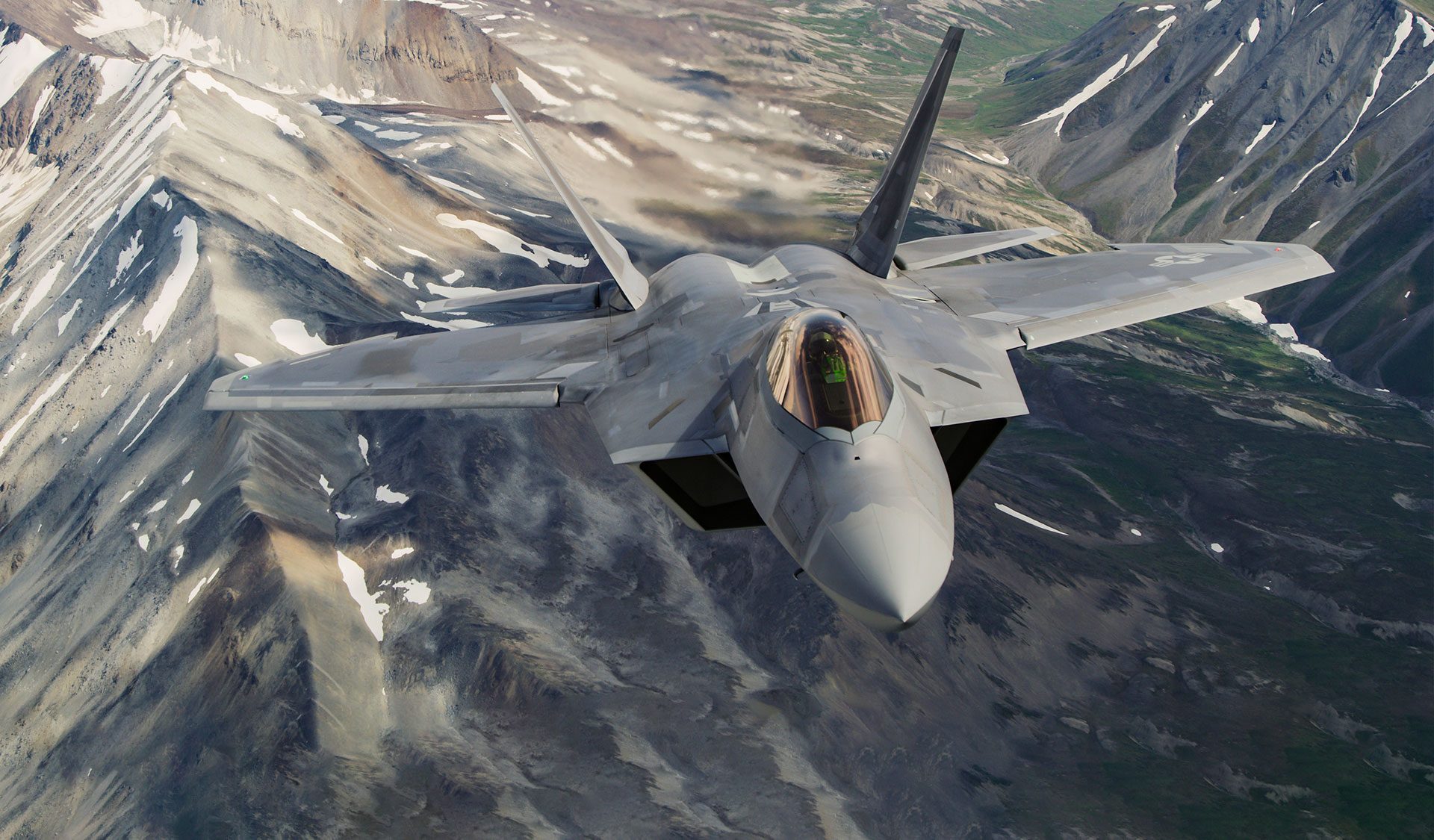
Further, in an interview with the Air Force Magazine, Hinote had predicted that the F-22 would be phased out around 2030 (the exact date is to be determined by the scenario) and that the Next-Generation Air Dominance fighter will be needed soon to counter a Chinese stealth aircraft and missile threat that is “closer than we think”.
Air Force chief General Charles Brown Jr had said that the service was planning to wind down its fleet from seven types to “four plus one”. He said the F-35, F-15EX, late-model F-16s, and the NGAD family of systems will make up the future fighter fleet, with the A-10 serving as the “plus one”.
Further, VOA News analyzed that Air Force Secretary Frank Kendall mentioned China 27 times in his speech at the AFA conference. He only referenced Russia once and Afghanistan three times, in comparison.
This clearly indicates that the US military is deeply concerned about PLA’s rapid pace of modernization, which could seriously challenge America’s air superiority in the near future.
Is J-16 A Bigger Threat Than J-20?
“They’re putting together packages of fighter aircraft, the J-16 in particular, flown in large numbers. And that’s a relatively new capability,” said Eric Heginbotham, a principal research scientist at MIT’s Center for International Studies.
“They’re putting complete packages together. They’re also sending anti-submarine warfare aircraft up. So, they’re showing a lot.”
He was referring to a spectacular display of military strength wherein China flew about 150 warplanes into Taiwan’s air defense identification zone, or ADIZ, including its most advanced J-16 fighters and H-6 bombers, said VOA News. Beijing sees the self-governing island as a breakaway province and wants to reunite it with the mainland, if necessary by force.

It is intriguing that US experts have taken note of the Shenyang J-16 aircraft while China projects J-20 stealth fighters as its most potent and lethal combat aircraft.
Taiwan has accused China of escalating its “gray zone tactics” and sending its aircraft to violate its airspace repeatedly since 2020. The most frequent visitor to its airspace is the J-16 fighter jet.
China deploys its J-16s to irritate its adversaries. Earlier this month, the PLA Western Theater Command Air Force simulated aerial confrontations with warplanes, notably J-16 fighter jets, in a series of drills carried out to send a message to rivals — Japan and the US.
Last month, China deployed 39 warplanes, including 24 J-16s, into Taiwan’s air defense identification zone (ADIZ), largely fighter jets, in its second-largest single-day invasion, according to Taiwan’s Ministry of National Defense.
Chinese analysts have referred to the J-16 as a core element of the PLA Air Force. A flying instructor at the PLA Northern Theater Command Air Force, Wang Songxi, earlier said that China’s J-16 multi-role fighter jet is flawless and is much superior to other similar aircraft including, the Su-30.
The J-16, which first flew in 2004, is equipped with modified AESA radar and can perform both air-to-air and air-to-ground combat operations.

The latest variant, the J-16D, is a dedicated electronic warfare aircraft. The J-16 is itself an improved version of the J-11 air superiority fighter, which China had developed in the 1990s based on Soviet-origin Su-27.
Each wing of the J-16D has an electronic warfare pod, and the plane’s body is studded with antennas. It is widely believed that the fighter is equipped with an active electronically scanned radar array (AESA).
On the other hand, the J-20 is a fifth-generation stealth combat aircraft. Previous reports had indicated that the J-20s were deployed to monitor the Taiwan Strait and the East China Sea.
This year, China will begin upgrading the engines of its most sophisticated stealth fighter jet to get it closer to the performance of the American F-22 Raptor. A Pentagon report also mentioned that the Chinese are adding a thrust-vectoring nozzle and an F-22-like “supercruise” capability with the installation of indigenous WS-15 engines.
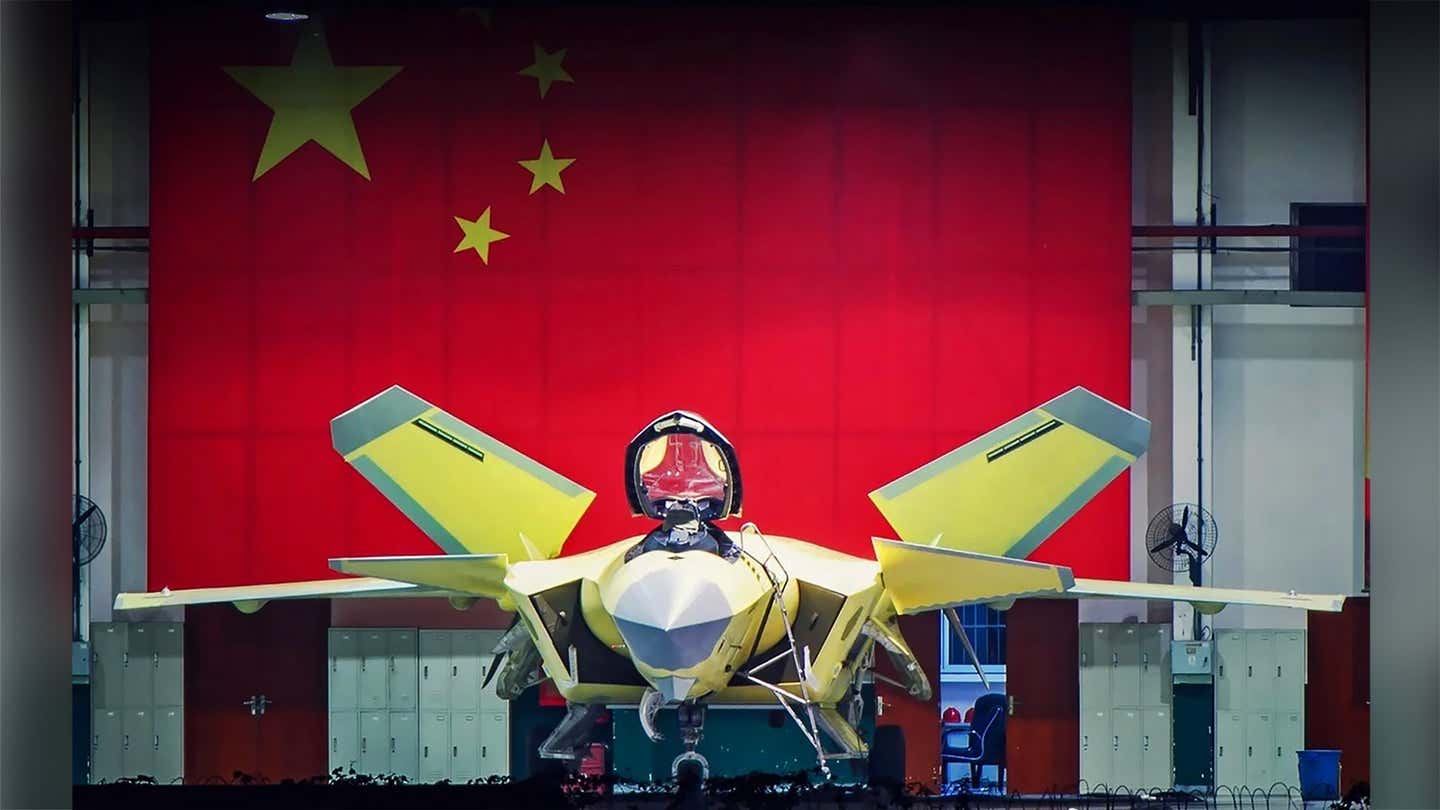
Last month, the PLAAF also conducted night combat drills with the aircraft with Chinese analysts claiming that the fifth-generation warplanes displayed their “all-time and all-weather” combat readiness throughout the exercise. Some speculative reports had also stated that the J-20s could be fitted with Directed Energy Weapons (DEWs).
American Might On The Wane?
Several analyses have shown that America is on the verge of losing its air dominance. While the United States still has unrivaled air-to-air capabilities, “continuous improvements in Chinese air capabilities make it increasingly difficult for the United States to achieve air superiority within a politically and operationally effective time frame, especially in a scenario close to the Chinese mainland”, according to a 2015 study by RAND Corporation think tank.
Adm Harris: U.S. maintains "air superiority" over China through 2019, but if US doesn't keep pace, it will lag behind Beijing and its development of 5th-generation fighter jets and sheer numbers alone. "Quantity has a quality all of its own," he tells Congress
— Lucas Tomlinson (@LucasFoxNews) March 15, 2018
A 2016 Department of Defense report said that emerging integrated and networked air-to-air, surface-to-air capabilities “threaten the Air Force’s ability to provide air superiority at the times and places required in the highly contested operating settings of 2030 and beyond”.
- Contact the author at sakshi.tiwari9555@gmail.com
- Follow EurAsian Times on Google News

